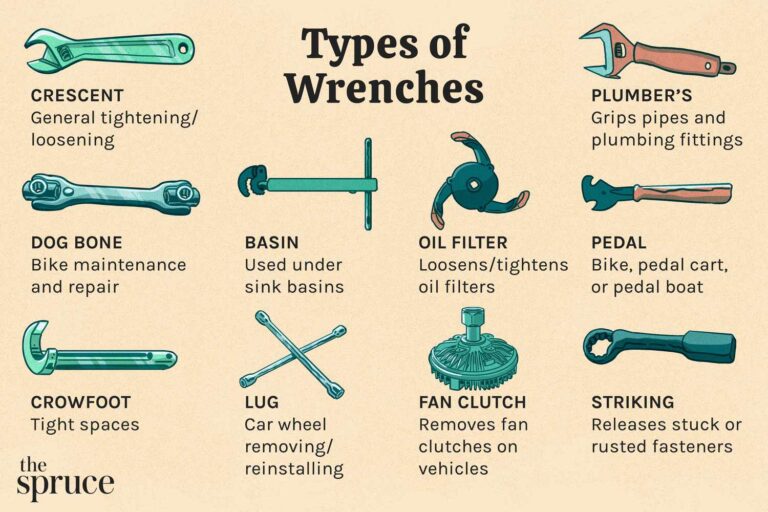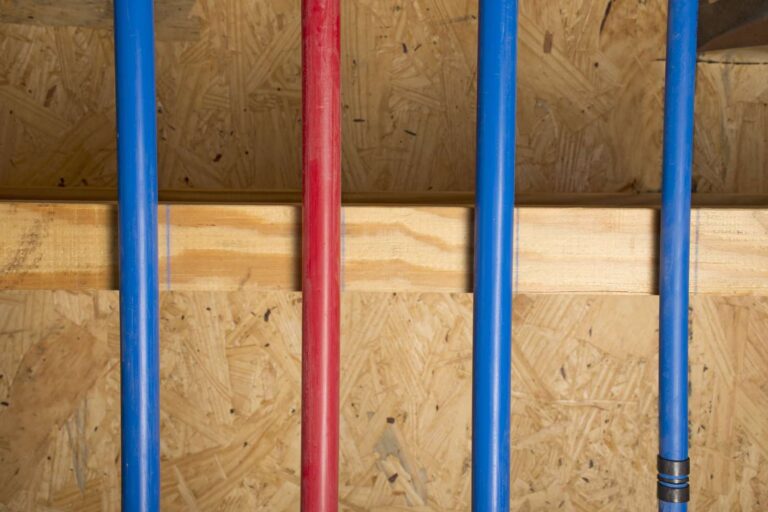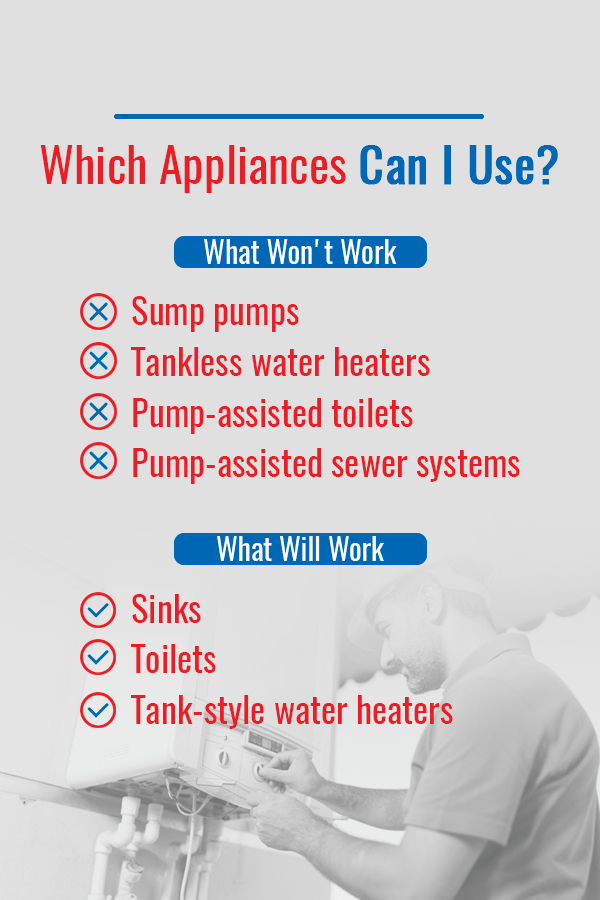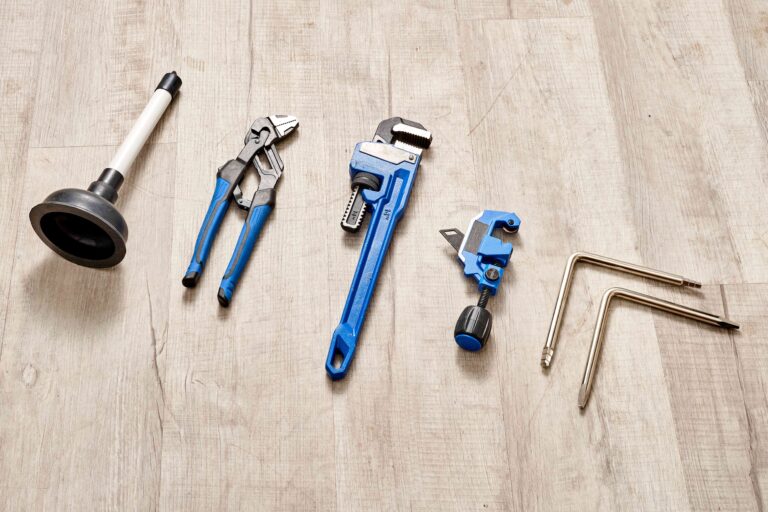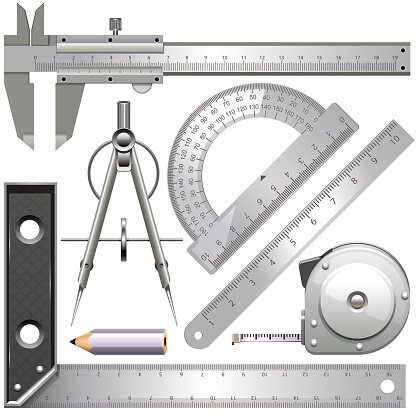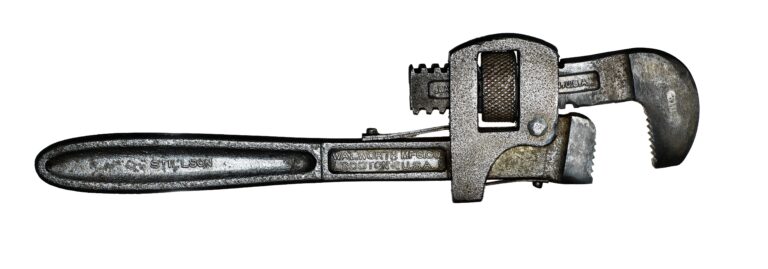What Are The Names Of Plumber Materials?
Plumbers use a wide variety of materials in their work, ranging from basic fixtures to specialized plumbing parts and components. Some of the most commonly used materials in plumbing are copper, galvanized iron, PVC, CPVC, PEX, brass, lead, and ABS. Plumbers also use tools such as wrenches, screwdrivers, plungers, and pipe cutters to help them complete a job. Additionally, plumbers can use a variety of sealants, primers, and lubricants to ensure a secure fit and create a watertight seal.

Overview of Plumbing Materials
Plumbing is a complex system of pipes that deliver water to and from fixtures, appliances, and other points of use. The materials used to construct pipes and fixtures vary, and each has advantages and disadvantages. Knowing the different types of plumbing materials and their uses is essential for any plumber looking to install and maintain a functioning plumbing system.
Common plumbing materials include copper, cast iron, PVC, CPVC, and PEX. Copper is a popular choice due to its durability and resistance to corrosion, but it can be expensive. Cast iron is strong and durable but also prone to corrosion over time. PVC and CPVC are plastic pipes that are commonly used for drainage and sewer systems. PEX is a flexible pipe material that is becoming a popular choice for new construction projects.
It is important to consider the pros and cons of each type of plumbing material when deciding which one to use. For example, copper is the most expensive option but is highly durable and resistant to corrosion. PVC and CPVC are less expensive, but they can be prone to cracking and leaking. PEX is a more cost-effective choice, but it may not last as long as other materials.
In addition to the type of material, the type of application also matters. For instance, copper is a popular choice for drinking water systems due to its durability and low levels of lead, while PVC is often used for drainage and sewer systems.
No matter what type of plumbing material you choose, it is important to consult an experienced plumber to ensure the system is installed correctly and that it meets all local building codes. With the right materials and a professional installation, you can ensure that your plumbing system will remain in good working order for many years to come.
Commonly Used Plumbing Materials
Plumbing is a critical part of home maintenance and repairs. Plumbers rely on a variety of materials to repair and install plumbing systems. These materials range from traditional copper piping to modern PVC and PEX pipes. Knowing the names of these materials can help you determine which type of pipe is best for your repair or installation.
Copper is a common choice for plumbing pipes, as it is strong, durable, and resists corrosion. Copper piping is often used for water supply lines and can be bent to fit into tight spaces. PEX, or cross-linked polyethylene, is another popular choice. It’s flexible and easy to install, making it a great alternative to copper. PVC, or polyvinyl chloride, is also used in plumbing systems, as it’s easy to work with and resists corrosion.
Other materials such as cast iron, galvanized steel, and brass are also used for plumbing projects. Cast iron is often used for drain, waste, and vent systems. Galvanized steel is sometimes used for water supply lines, while brass is often used for fixtures like faucets and valves.
Whether you’re a DIYer or a professional plumber, it’s important to know the names of plumbing materials so you can make sure you’re using the right type of pipe for the job. With the right materials and tools, you can ensure your plumbing repairs and installations are done right the first time.
Types of Plumbing Materials
Plumbing is an integral part of any home or commercial building. Plumbers use a variety of materials to ensure that water flows through the pipes safely and efficiently. Whether it’s copper, lead, PVC, or PEX, each material has its own unique properties that make it suitable for a particular application. In this article, we’ll discuss the different types of plumbing materials, their benefits, and how to choose the right one for your project.
Copper is one of the most common types of plumbing materials. It’s strong, durable, and resistant to corrosion and rust. Copper is also an effective conductor of heat, making it ideal for hot water lines. Lead is another popular choice for plumbing projects. It’s malleable and corrosion-resistant, making it a great option for both hot and cold water lines.
PVC is a lightweight and affordable type of plastic piping that can be used for a wide range of plumbing projects. It’s resistant to corrosion, easy to install, and cost-effective. PEX is a newer type of plastic piping, and it’s quickly becoming the go-to choice for plumbing projects. It’s flexible, durable, and resistant to corrosion, making it an ideal material for hot and cold water lines.
When it comes to plumbing materials, there are many options to choose from. Each material has its benefits and drawbacks, and it’s important to consider the specific requirements of your project before making a selection. From copper to lead to PVC to PEX, each material is suitable for different types of applications. Consider the pros and cons of each material before making a decision.
Advantages and Disadvantages of Different Plumbing Materials
Plumbing is an integral part of any home and many materials are used in the construction of a plumbing system. Depending on the type of system you need, the type of material used will vary. There are many advantages and disadvantages to each type of material, so it is important to know what the best option is for your needs. Some of the most common plumbing materials include copper, PVC, PEX, and cast iron.
Copper is a popular plumbing material due to its durability and reliability. It is non-corrosive, resistant to temperature changes, and is relatively easy to install. However, it is also the most expensive material available and requires a professional to install it properly.
PVC is a popular choice for plumbing due to its low cost and ease of installation. It is resistant to corrosion and temperature changes, and is often used in residential plumbing applications. One downside to PVC is that it is not as durable as other materials and can be prone to cracking and leaking.
PEX is a type of plastic tubing that is often used in plumbing systems due to its flexibility and durability. It is resistant to temperature changes, corrosion, and is relatively inexpensive. However, it is more difficult to install than other materials and can require a professional to install it properly.
Cast iron is a strong and durable material that is often used in commercial plumbing applications. It is resistant to corrosion and temperature changes, and is relatively inexpensive. However, it is very heavy and requires a professional to install it properly.
Knowing the advantages and disadvantages of each type of plumbing material can help you decide which one is best for your needs. Each material has its own pros and cons, so be sure to do your research before making a decision.
Tips for Selecting the Right Plumbing Material
Plumbing is an integral part of any home, and selecting the right plumbing materials is essential for ensuring a successful installation. The names of the plumbing materials depend upon the type of system you’re installing and the type of pipes and fixtures that you’re using. There are a variety of materials available, including copper, PVC, PEX, and CPVC, each with its own set of advantages and disadvantages. It’s important to understand the differences between these materials and how they can affect the performance of your plumbing system.
When selecting plumbing materials, it is important to consider factors such as cost, durability, and installation requirements. Copper is one of the most popular materials for plumbing, as it is resistant to corrosion and can last for years. PVC is also a popular choice, as it is lightweight and easy to work with. PEX is another popular material, as it is flexible and can be used in a variety of applications. CPVC is also commonly used for residential plumbing, as it is easy to install and resists corrosion.
Another factor to consider when selecting plumbing materials is the local building codes. Different jurisdictions may have different requirements for the type of materials that can be used. It’s important to familiarize yourself with the local codes before selecting your plumbing materials. Additionally, hiring a professional plumber can help ensure that you are selecting the right materials for your specific project.
By familiarizing yourself with the different types of plumbing materials available, you can ensure that you select the right material for your project. With the right knowledge, you can make sure your plumbing system is installed correctly and lasts for years to come.
FAQs About the What Are The Names Of Plumber Materials?
1. What types of materials do plumbers use?
Plumbers use a variety of materials to make repairs and perform installations. Common plumbing materials include pipes, fittings, valves, washers, hoses, clamps, and seals. Plumbers may also use specialized tools such as wrenches, saws, and plumbing snakes.
2. What are common types of pipe used by plumbers?
Plumbers commonly use several types of pipe including copper, plastic, and cast iron. Copper pipes are often used for water supply lines, while plastic pipes are commonly used for drain lines. Cast iron is often used for large diameter drain lines.
3. What other materials do plumbers use?
In addition to pipes, fittings, valves, and tools, plumbers may also use a variety of other materials such as caulking, adhesives, and sealants. Plumbers may also use specialized materials such as acid neutralizers and water softeners.
Conclusion
Plumbers use a variety of materials in their work that can be divided into two categories: plumbing fixtures and pipes. Plumbing fixtures include items such as sinks, toilets, tubs, and showers. Pipes include materials such as copper, PVC, PEX, and galvanized steel. Plumbers must use the correct materials for each job for the best results.


